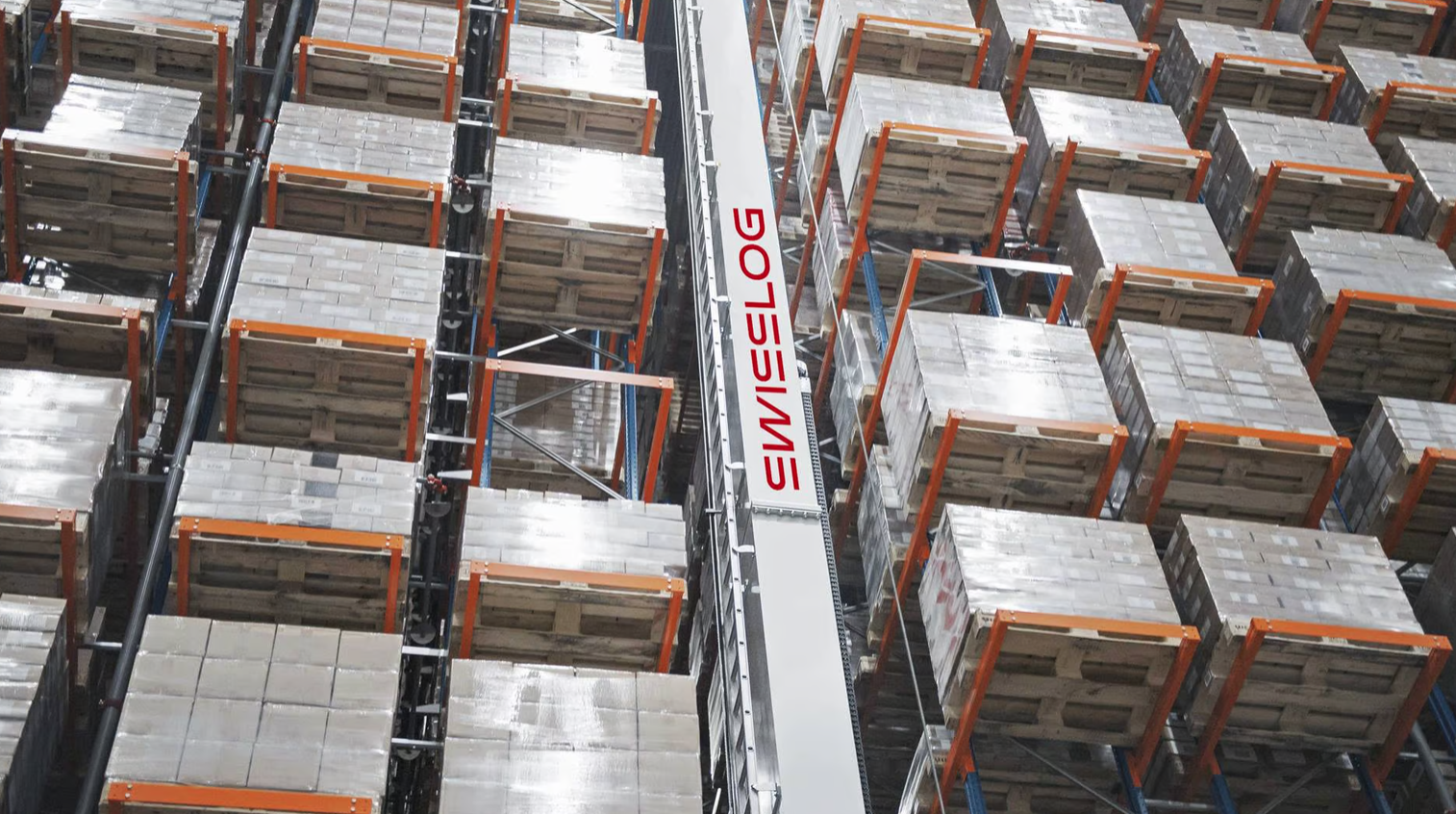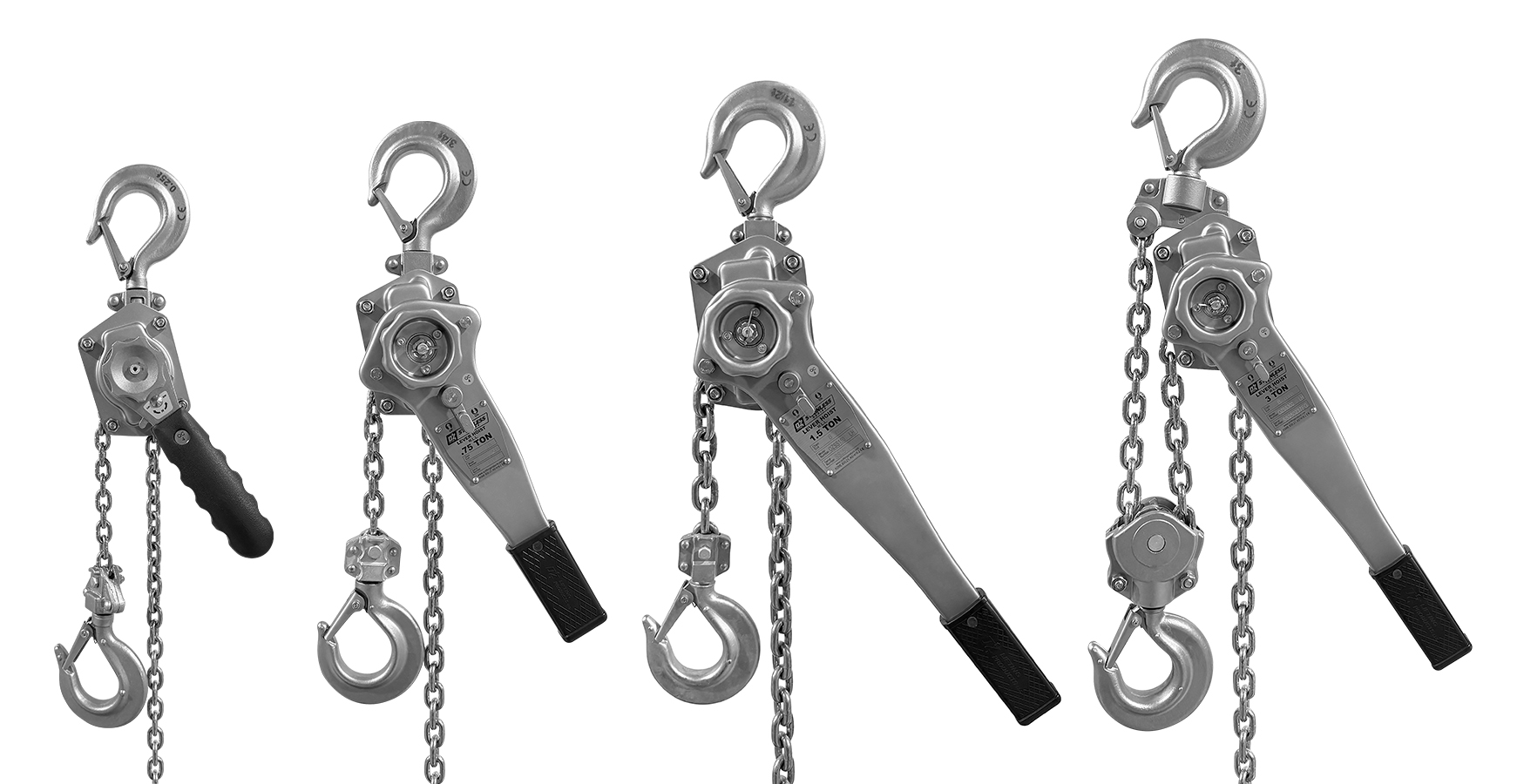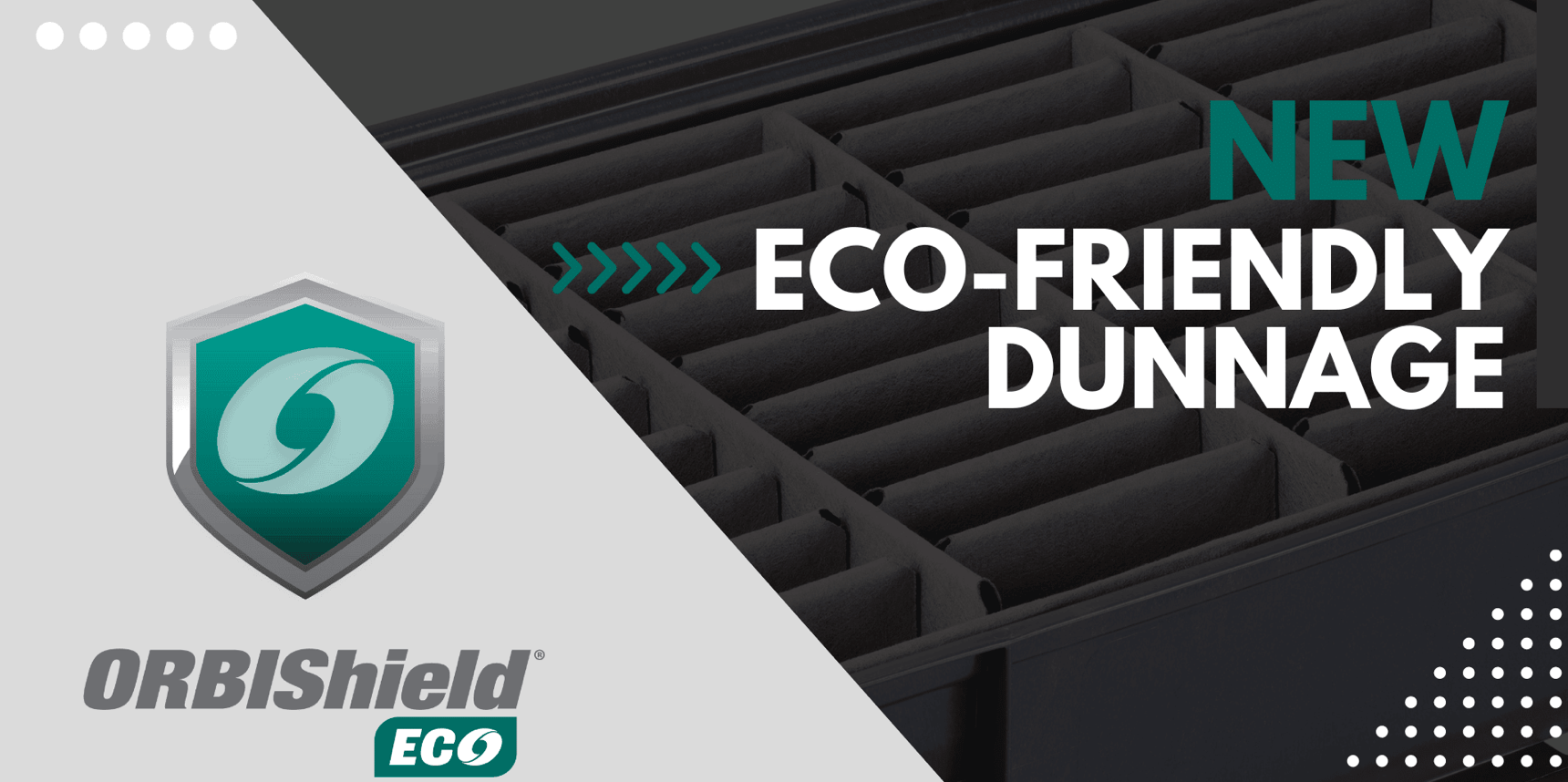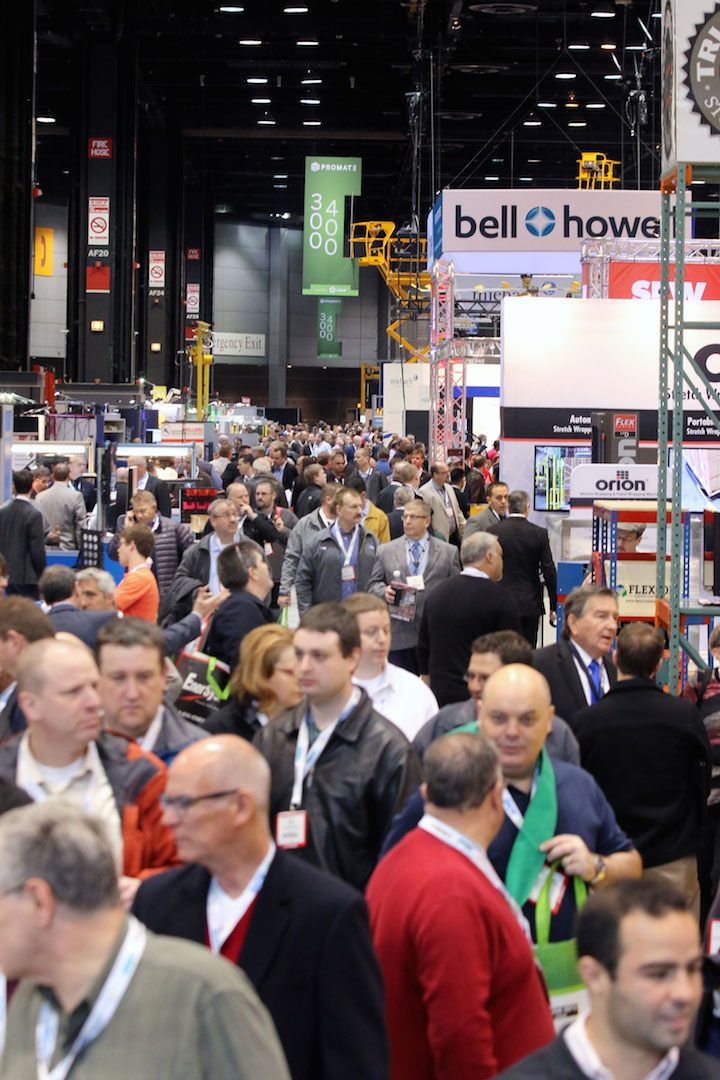Walking the Walk
‘Accelerating change’ was an apt tagline for this year’s MHI annual meeting, as Brian Reh, president and CEO of Gorbel Inc., explains.
“When I walk into a facility I look up—that’s my world,” says Brian Reh.
The president and CEO of Gorbel Inc., a manufacturer of overhead lifting and ergonomic equipment, was talking over breakfast at the MHI annual conference, which took place in Tucson, Arizona in mid-October.
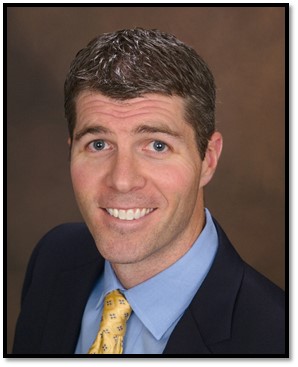
Brian Reh
He was among representatives of the Overhead Alliance, a marketing vehicle representing the collective interests of trade association MHI’s overhead lifting product groups, namely Crane Manufacturers Association of America (CMAA), Hoist Manufacturers Institute (HMI) and Monorail Manufacturers Association (MMA).
Thus, he was preaching to the choir. There was a time when CMAA, HMI and MMA, even by their own admission, were content to do so. In fact, the Overhead Alliance was conceptualized by the groups to pull together the three “islands,” as Reh calls them, with the primary objective of raising the profile of overhead lifting equipment over competing technologies.
“The formation of the group was overdue,” says Reh, who has been around these dealings for 18 years. His father and Gorbel’s chairman, David Reh, who was also at the Tucson meetings, was previously on the association’s board of governors, and Brian is now on the MHI roundtable.
“Before the Overhead Alliance was inaugurated [in 2007] the groups did fantastic work, but that craft was largely dedicated to statistics and standards,” he says. “Membership primarily comprised engineers and the groups were inherently inwardly focused.”
Reh continues: “What we lacked was a vehicle to mobilize the treasures we had created—and continue to develop—in standardization and other documentation and get them out to our target audiences. The evolution was timely in that it is now much harder to gain that traction because it has become a global marketplace and there are more players. We’ve created leverage for the great tools we have to promote member companies.”
Reh never doubted the positive outcome. He credits retired MHI staffer and former managing executive of the groups, Hal Vandiver, for leading CMAA, HMI and MMA towards conceptualization of the Overhead Alliance. They are now under the stewardship of Matthew Smurr, who is senior director, solution and product groups at the association.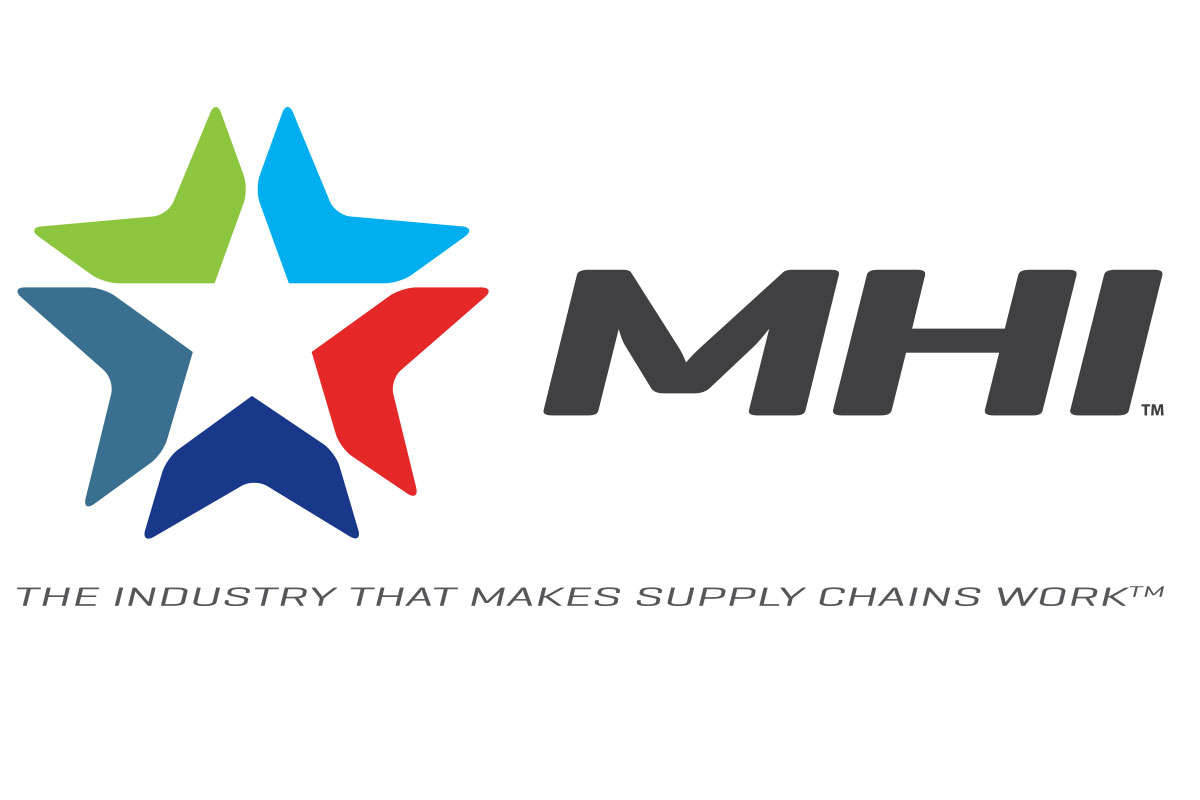
“It was a quick sell for me,” says Reh, as he elaborates on his opening gambit. “For as long as I can remember I’ve walked into facilities and gazed upwards to look at the technologies they’re using to lift and move product through a production line or around a building. It’s a more natural solution to me than that provided by, say, conveyors and forklifts. Anything that can add further energy to those dealings, like the Overhead Alliance, gets my full support.”
Participation is so deeply engrained at Gorbel, a member company of CMAA and MMA, it is part of the company’s DNA. Attendees wear name badges at MHI meetings that include reference to the individual’s employer. One sees Gorbel’s name a lot when walking the corridors, as the manufacturer is among those who send multiple personnel in support of various groups. Jeff McNeil, marketing manager at Gorbel, was the first chairperson of the alliance and Rob Beightol, the company’s product marketing manager, has succeeded him. Both were also in Tucson.
However, to energize the concept, as McNeil puts it, takes more than member companies, like Gorbel, participating in meetings in the Tucson sunshine or at its spring counterpart, traditionally held in Charlotte, North Carolina, where MHI is headquartered. Countless sub-committees—the Overhead Alliance is just one—meet throughout the year and all have to commit time and economic resources to the collective interest.
“We see the value in getting industry together and we get out more than we put in,” says McNeil. “Take the Overhead Alliance as an example,” he continues. “Active participation and support from a multitude of member companies has achieved outreach we couldn’t have realized as individual businesses.”
The concept is a microcosmic version of the MHI itself, Beightol believes, which supports nearly 20 groups, representing products ranging from protective guarding to electrification and controls. “We are proud of the role we’ve played in giving mileage to the initiatives we’ve been invited to support,” he says.
MHI offers membership benefits beyond participation in product groups and the format of the annual meeting now includes a myriad of value-adding seminars, that this year included papers on drones, the economy and millennials. Beightol was full of praise for the presentation about the latter, which covered recruitment and retention of the next generation of leaders, while MHI participation has always exposed members to economic forecasting.
“Access to forecasting and peering through a window on where the world is going to be is of incalculable value,” says McNeil. “The millennial presentation was a highlight—a really impactful session; it’s not often you come to an event and have thought leadership sessions on the challenges and opportunities represented by four generations coexisting in a marketplace!”
McNeil adds: “Bringing in thought leaders to challenge the paradigm is key to the longevity of the concepts we explore here and I welcome the move to integrate such content in MHI meetings. Initiatives are underway to get more [equipment] end users involved and I’m excited about what that might bring—again, with outward focus in mind.”
Medical science
This outward focus, personified by the Overhead Alliance, has taught member companies a great deal about new market penetration. The knowledge has helped as many of those manufacturers have looked to diversify their product ranges to create new revenue streams and become less passive to the cyclical nature of the North American material handling sector.
Gorbel has itself applied these sciences to enter the medical sector with a product called SafeGait, which essentially utilizes material handling concepts to support patients in rehabilitation learning to walk again following accident, injury or trauma. It represents the manufacturer’s third major market, in addition to industrial and fall arrest systems.
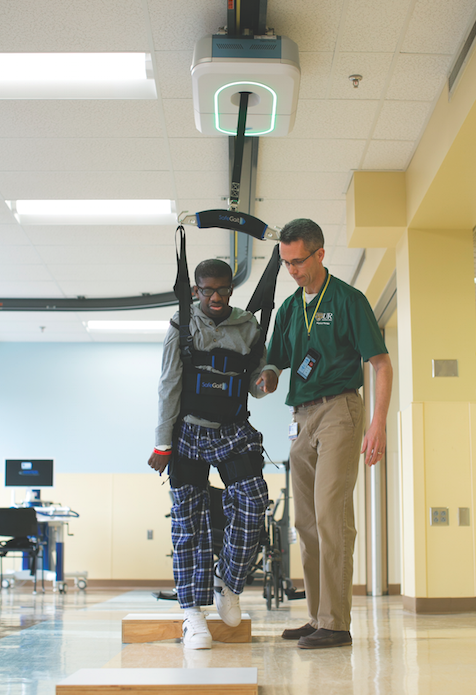
Gorbel has entered the medical sector with a product called SafeGait.
“I’ve been aware of the potential offered by the medical sector for a while—it’s more robust than the industrial market,” says Reh. “In 2009 we actively researched the patient lifting market but decided not to pursue it because we didn’t have a differentiated way to compete in a new area.”
However, three years later, a market analyst and former employee of the company approached Reh and revitalized the conversation based on her own experiences supporting her daughter through gait therapy following an injury sustained in a vehicular accident. She alluded to the lack of technology that supported gait therapy and the difficulties experienced by patients. Multiple therapists and assistants were required to provide support as patients learned to walk again, for example.
Gorbel had a blueprint in its G-Force system, which uses a proprietary ‘float mode’ to allow heavy materials to be moved with precision and little effort by an operator. Another business plan was drawn up, this time with a sense that the manufacturer had discovered the differentiating factor missing just a few years earlier.
“It was apparent very early in the research and development phase that the technology was suited to the application, based on four decades of experience from the crane and rail sector,” says Reh. “The learning curve for us was really presented by the patient interface, software and mechanics of use in a medical environment.”
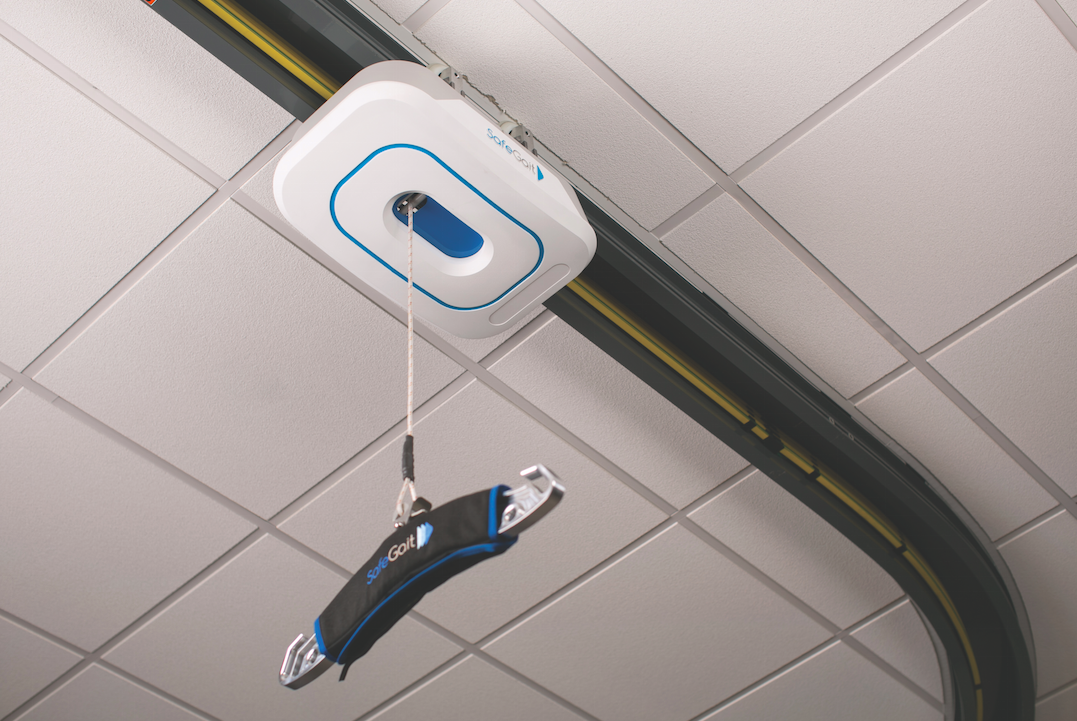
The blueprint for SafeGait was Gorbel’s G-Force system.
Consideration also had to be given to the Patient Protection and Affordable Care Act (PPACA), or Affordable Care Act (ACA), effective March 2010, intended to increase health insurance quality and affordability, lower the uninsured rate by expanding insurance coverage and reduce the costs of healthcare. Reh recalls the hundreds of conversations that took place with patients, carers and other medical experts during the SafeGait design process.
“Patients and physical therapists wanted it—that’s fact,” says Reh. “But while they get to influence purchasing it’s down to hospital boards to make the decisions and that’s when it becomes a C-suite sale and we’re competing for dollars in a finite world. There are synergies here with other markets and we can draw on the lessons learned by the Overhead Alliance in promoting our solutions to new users of overhead lifting technologies.”
With the increasing support of medical directors and raised awareness of the product, SafeGait is now in a number of the top 10 physical therapy centers in the country—and that representation is growing all the time.
Reh heaps praise on Betty Dolce, general manager of Gorbel medical, and Jim Stockmaster, IT and product development manager, for taking these early steps into previously unknown territory.
He says: “Although Betty’s background is in the medical field, the product is very different to anything she has worked with before. The concept of using existing technology was advantageous in many ways but it presented its own challenges when applying it to a specialist sector. For Jim, resource allocation has been huge. We have a number of engineers dedicated to medical, but many members of Jim’s team have had to retain their industrial focus simultaneously. It has been a real balancing act. Working with the Overhead Alliance over the years has certainly better equipped us to overcome such challenges as they pertain to penetration of new markets.”
The rewards are worth it—as SafeGait and Gorbel’s growing portfolio of medical products proves. A mid-range version of the product, called SafeGait Active, and the SafeGait Embrace harness will be readily available in 2017, and Gorbel has also acquired the StepRight Stability System business, adding a shoe-like device for improving balance and posture to the company’s offering.
Onwards and upwards, one might say.


